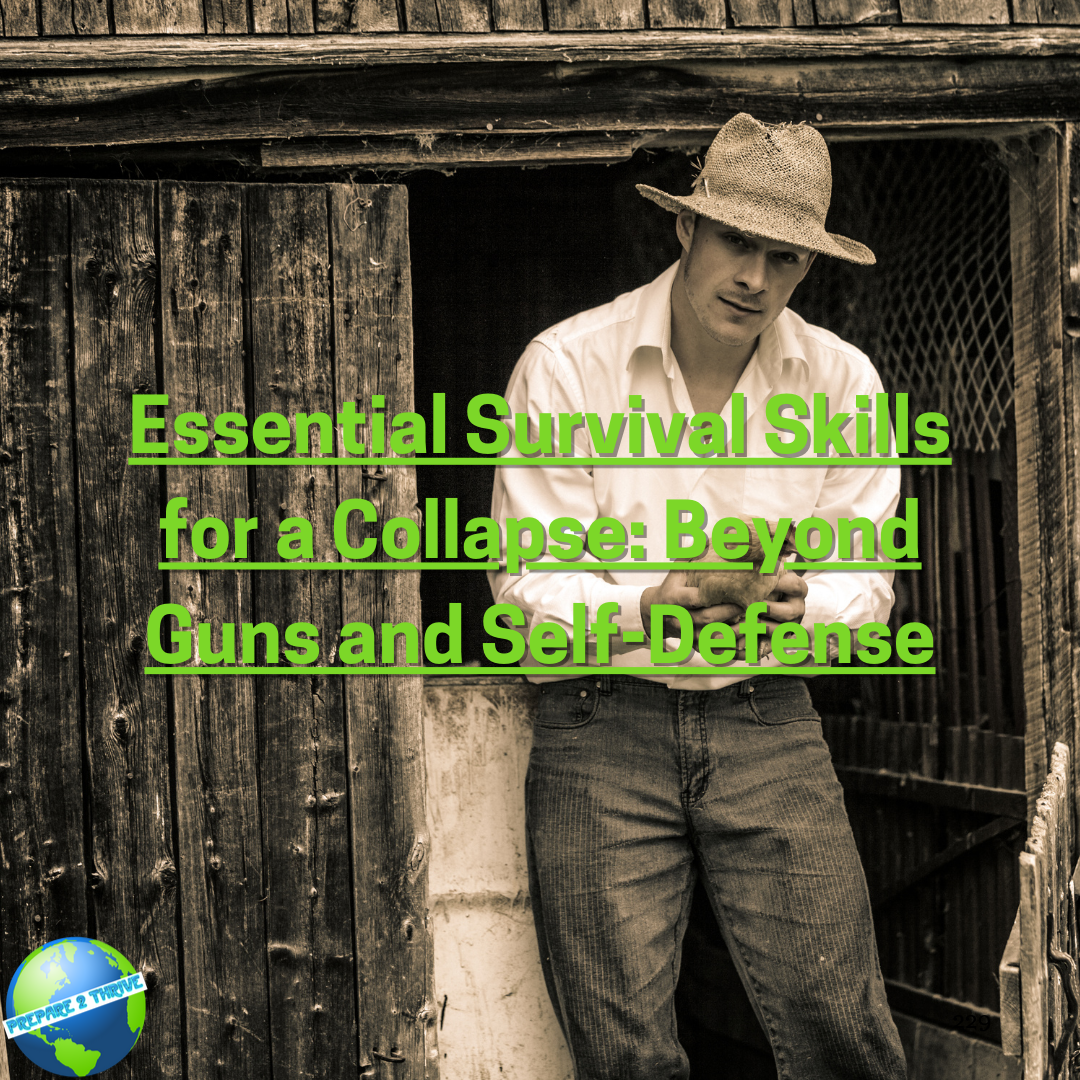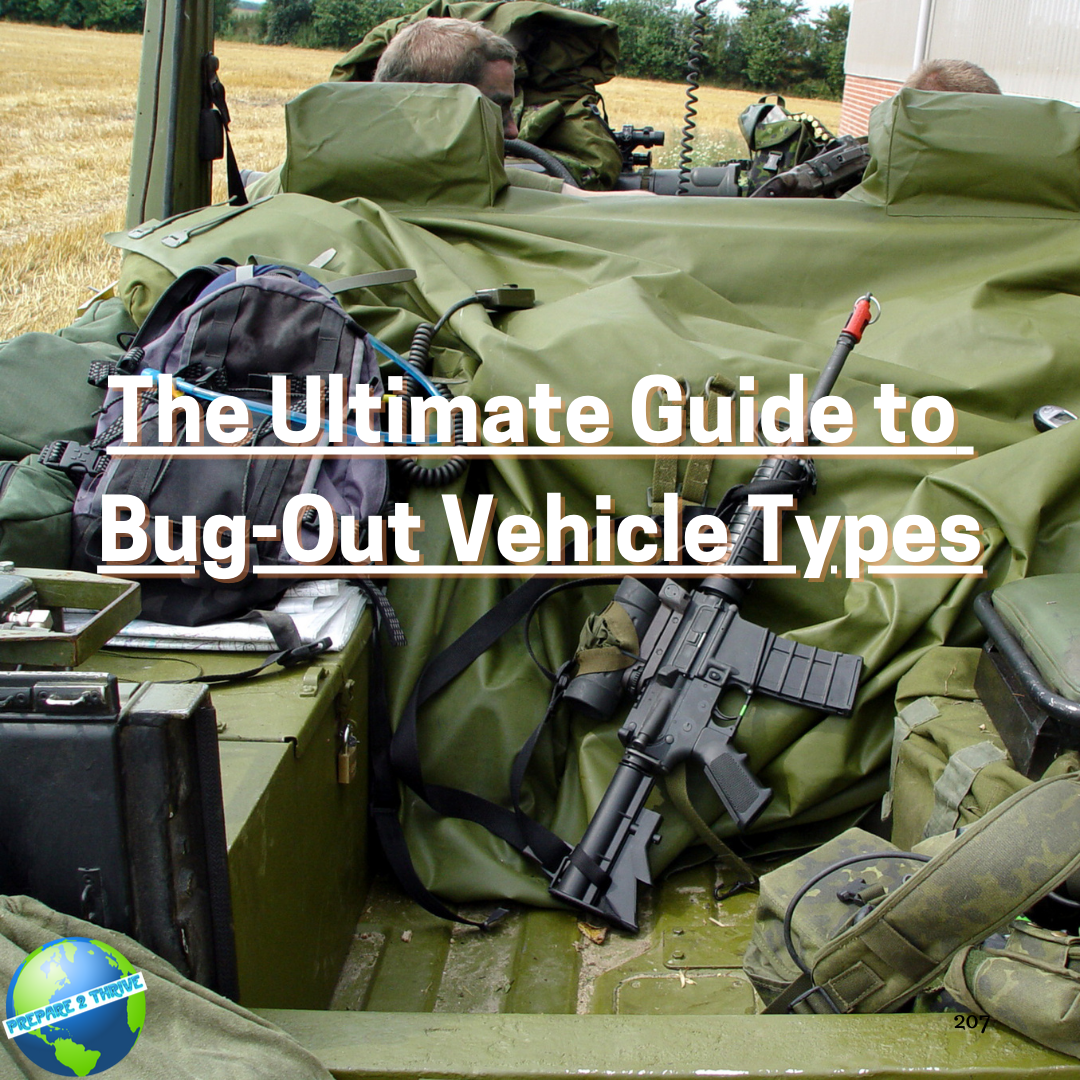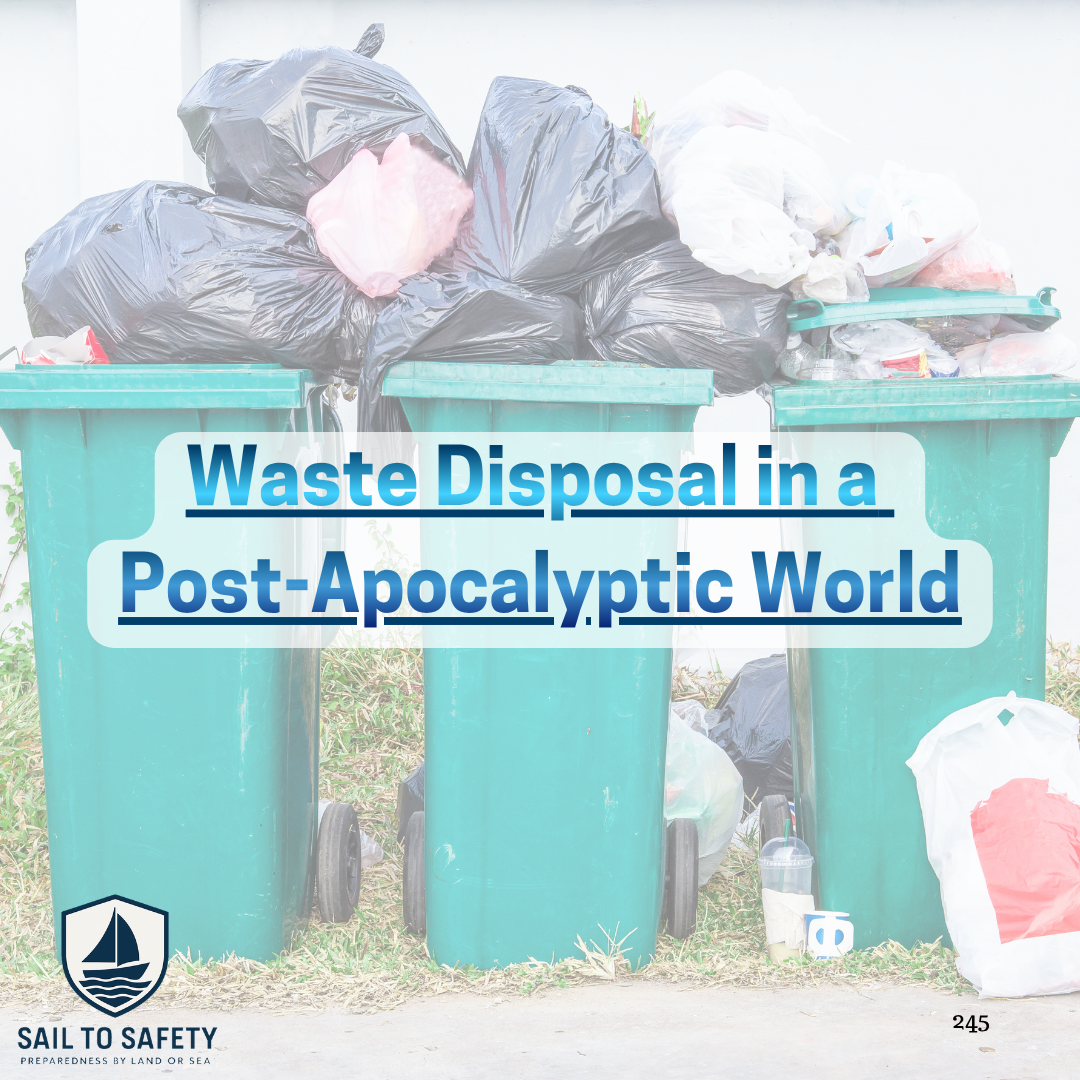Shelter

In the unpredictable landscape of survivalism, the importance of reliable shelter cannot be overstated. On our prepper haven, we delve into the dual realms of land and sea, exploring the strategic advantages of live-aboard sailboats as bug-out boats and traditional land-based shelters. Discover how these two worlds intersect to provide a comprehensive approach to survival preparedness.
-
Learn how to build a DIY emergency shelter with these tips and tricks. Discover essential construction techniques, choose the right design, and ensure safety and security. Prepare for emergencies and enhance your self-reliance.
-
Discover essential survival skills beyond guns and self-defense. Learn how to grow food, preserve supplies, build shelters, and maintain health. Practical skills from the Great Depression, like sewing and foraging, remain crucial for thriving in a societal collapse. Prepare to adapt, trade, and stay resilient when modern conveniences disappear. Survival starts here.
-
Whether you choose a truck, SUV, RV, motorcycle, or sailboat, having a bug-out vehicle as part of your emergency preparedness plans can significantly increase your chances of survival in a crisis situation. Select the option that best fits your needs, and remember to always stay alert, vigilant, and prepared.
-
Learn how to manage human, food, and household waste safely after a collapse. From composting and burning to marine disposal, this guide covers practical post-apocalyptic waste solutions for homes, camps, and bug-out vehicles.
-
Discover the best places to seek shelter during an apocalyptic nuclear winter, as recommended by scientists. Prepare2Thrive provides expert advice on survival strategies, including where to go and what to do in the event of a catastrophic disaster.
-
Discover why bunkers are no longer a viable solution for protection during emergencies and explore better alternatives that are cost-effective and sustainable.